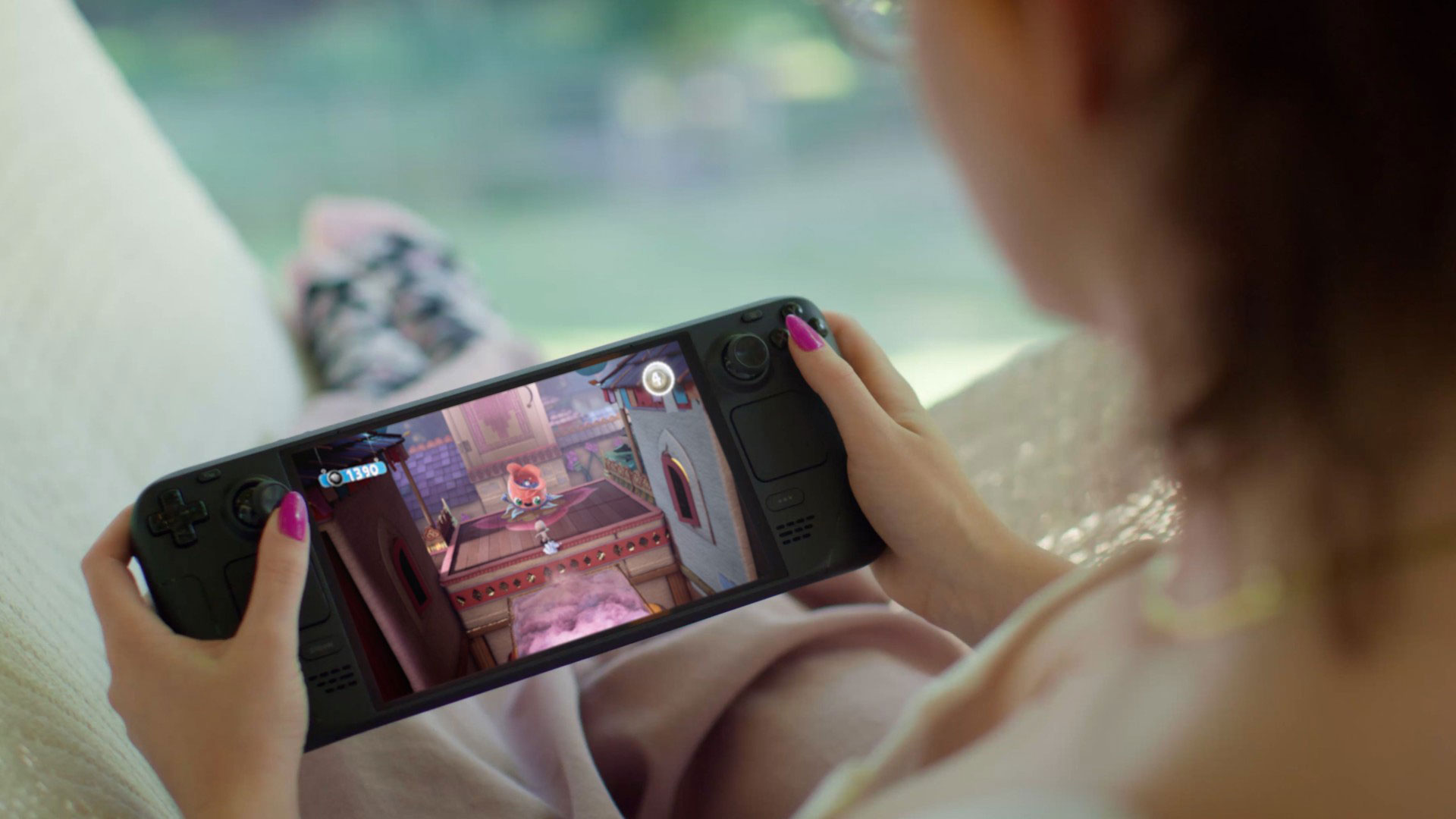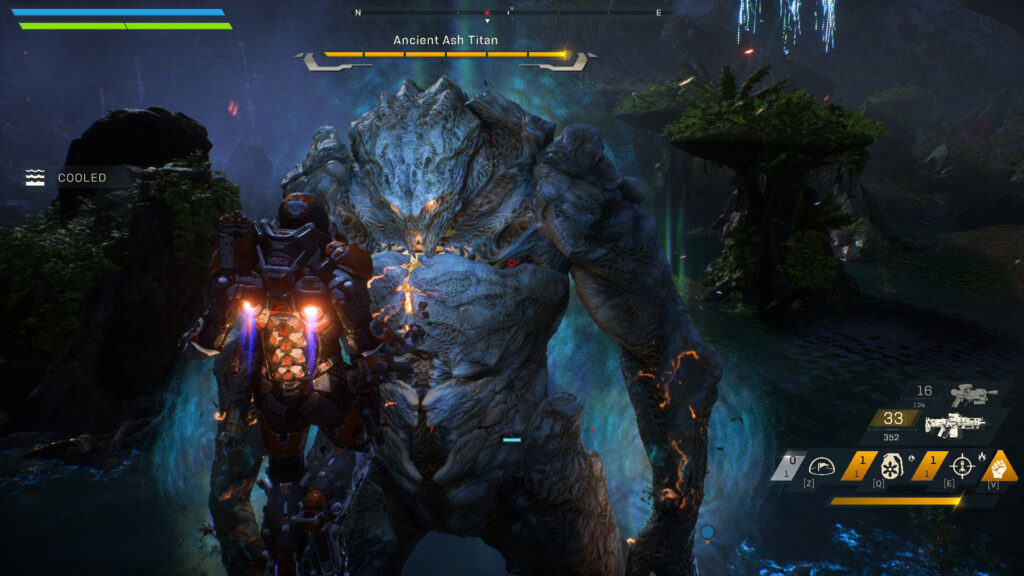Valve has announced the new Steam Deck OLED, available starting on November 16 at 10:00am Pacific Time (PT) / 1:00pm Eastern Time (ET), priced at $549 for the 512GB model and $649 for the 1TB model (in USD). The launch of the Steam Deck OLED will also drop the price of the Steam Deck LCD 64GB to $349, which is basically the same price as the Nintendo Switch OLED ($349.99). Additionally, a 1TB Limited Edition model will be available at launch, priced at $679, featuring an exclusive case with a removable liner and a translucent smoky finish with orange accents. This model will be exclusive to the U.S. and Canada.
Like the Nintendo Switch OLED, the Steam Deck OLED features an OLED HDR screen that offers better colors, pure blacks, and more contrast. It is also slightly larger at 7.4″ compared to the original Steam Deck’s 7″ LCD display, but still runs a 1280×800 resolution. In addition, the OLED screen means better battery life, with Valve claiming anywhere from 30 to 50 percent improvement over the Steam Deck LCD. The updated handheld console also uses a more efficient 6 nm AMD APU to further increase playtime on a single charge. Performance, however, remains the same as the Steam Deck LCD. The device pairs these efficiency improvements with a larger 50Whr battery, offering between three to 12 hours of playtime.
You can see a full list of the updates the Steam Deck OLED offers, along with a short trailer for the new device below.
Steam Deck OLED Updates
General
- Updated APU to 6 nm for better efficiency
- Updated memory to 6400 MT/s, improving latency and power management
- Increased thermal module thickness and performance
Display
- Increased active area to 7.4″ (from 7.0″)
- Updated refresh rate to 90Hz (from 60Hz)
- Updated peak brightness to 1000 nits
- Updated touchscreen polling rate to 180Hz, improved latency and accuracy
WiFi / Bluetooth
- Updated WiFi / Bluetooth module
- Added support for WiFi 6E
- Added support for Bluetooth 5.3, supporting newer codecs such as aptX HD and aptX low-latency
- Added third antenna near the top of the device for better Bluetooth performance, including when docked
- Added support for wake from Bluetooth controllers
Audio
- Improved bass response for an overall flatter sound profile
- Added support for using onboard microphone array simultaneously with the 3.5mm headphones connector
Controls
- Adjusted analog stick top material and shape for increased grip and dust build-up resistance
- Adjusted analog stick post material to improve interaction feel with front cover and reduce wear
- Improved reliability of analog stick touch detection
- Improved responsiveness and tactility of shoulder buttons switch mechanism
- Adjusted D-pad snap ratio and diagonal interactions
- Redesigned trackpad for improved fidelity and edge detection
- Greatly improved trackpad haptics feel and precision
Power
- Improved battery capacity from 40Wh to 50Wh
- Improved battery chemistry for faster charging, from 20% to 80% in as little as 45 minutes
- Changed charging LED to WRGB
- Added support for waking up from initial unboxing by long-pressing power button instead of requiring AC power
- Adjusted power supply cable length from 1.5m to 2.5m
- Added logo to power supply
Frame
- Reduced total system weight to ~640g, or ~5% less than Steam Deck
- Rear cover screws now thread into metal
- Adjusted rear cover screw heads to Torx™, as well as other materials and geometry tweaks on the heads to reduce stripping risk
- Lowered number of screw types throughout system
- Reduced step count required for common repairs
- Improved bumper switch mechanism drop reliability
- Moved bumper switch to joystick board for easier repair
- Improved display repair/replacement to not require taking rear cover off
Software
- Greatly improved memory power management firmware
- Added preliminary support for open-source BIOS and EC firmware
- Improved resume time by roughly 30%





